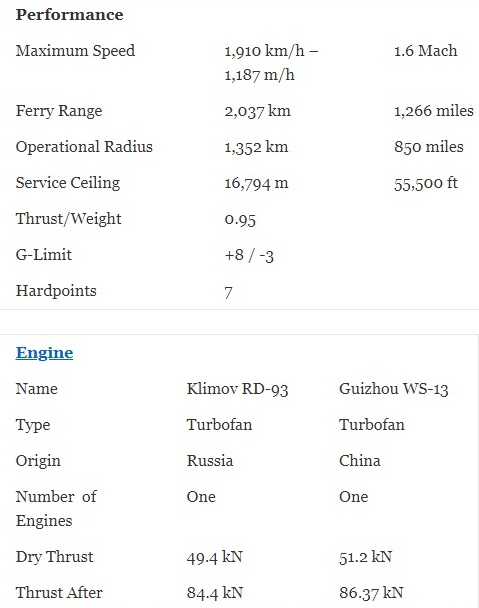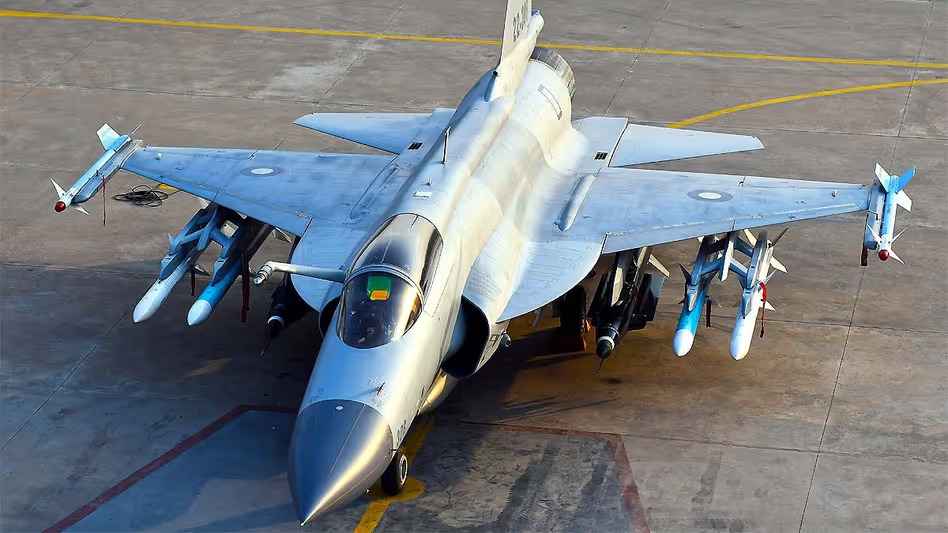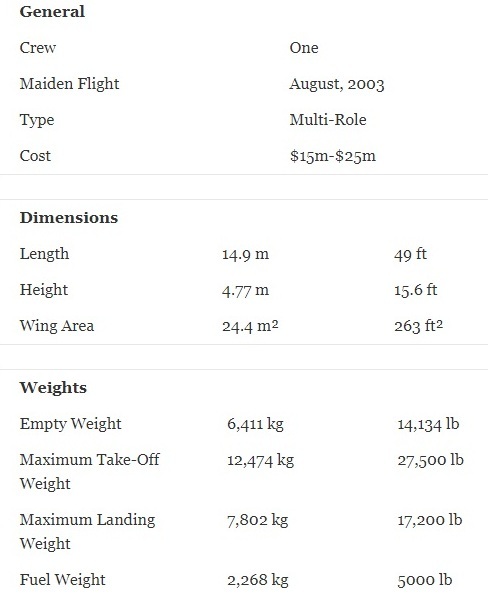As part of ‘Operation Sindoor’, the Indian military has reportedly shot down Pakistan’s JF-17 fighter jet, which was trying to intrude into Indian airspace. As per sources, a Pakistani F16 jet and two JF-17 fighter jets were shot down by India’s Missile Defence System. The jet was shot down in Pampore town of Jammu and Kashmir’s Pulwama district, as per media reports.
By shooting down the JF-17 fighter jet, India has delivered a blow to both Pakistan and China. This is because, the aircraft has been developed through a joint collaboration between Pakistan and China, is something the country boasts of. The JF-17 was designed and developed to replace the Pakistan Air Force’s aging fleet of third-generation aircraft, including the A-5C, F-7P/PG, Mirage III, and Mirage 5.
The JF-17 Block-III is the first major upgrade of the JF-17 Thunder, a lightweight multi-role fighter that is co-produced by Chengdu Aircraft Corporation of China (CAC) and Pakistan Aeronautical Complex (PAC).
In the coming decades, the JF-17 was expected to be one of the mainstay combat aircraft of the Pakistan Air Force (PAF), which operates around 120 fighters in multiple variants.
What is JF-17 fighter jet?
The JF-17 is said to be a lightweight, fourth-generation multirole fighter jet. Developed in collaboration between Pakistan and China, it was also used in previous military engagements between India and Pakistan.
The PAF inducted the JF-17 Block III variant in 2023, and the fighter jet was fully operationalized in 2024. It has been compared with India’s homegrown fighter jet, LCA ‘Tejas,’ as both are single-engine, multi-role combat aircraft.
Pakistan had claimed that the JF-17 is capable of deploying a wide range of weapons, such as air-to-air, air-to-surface, and anti-ship missiles, along with guided and unguided bombs, and a 23 mm GSh-23-2 twin-barrel autocannon.
JF-17 Specifications
The JF-17 Thunder is a multi-role combat aircraft with features like a longer range, higher top speed, and a 23 mm twin-barrel internal cannon. It’s designed to carry various air-to-air and air-to-surface munitions on seven external hardpoints.
The JF-17 Block III has been fitted with state-of-the-art radars and electronic warfare subsystems while retaining the airframe design of the preceding Block-I and Block-II. The most noticeable changes in the design include a modification at the rear of the aircraft by the vertical stabilizer, a slightly enlarged spine, and the integration of sensors to the vertical stabilizer and side inlet areas. The latter may be radar warning receivers (RWR) and/or missile alert warning systems.
The JF-17 Block-III has KLJ-7A active electronically scanned array (AESA) radar that increases accuracy in target detection and tracking while reducing its own radar signature and increasing its stealth features.
The JF-17 Block III has an integrated electronic warfare (EW), self-protection suite, and helmet-mounted display and sight (HMD/S) system. The hybrid flight control system has been replaced by a three-axis fly-by-wire (FBW) system. The three-axis FBW was first used on the dual-seat JF-17B (of which the PAF will procure 26 aircraft).




